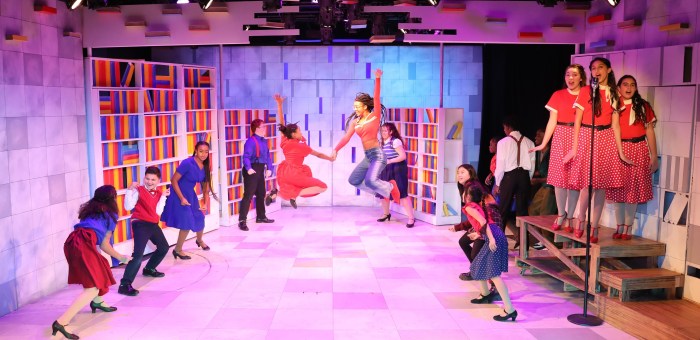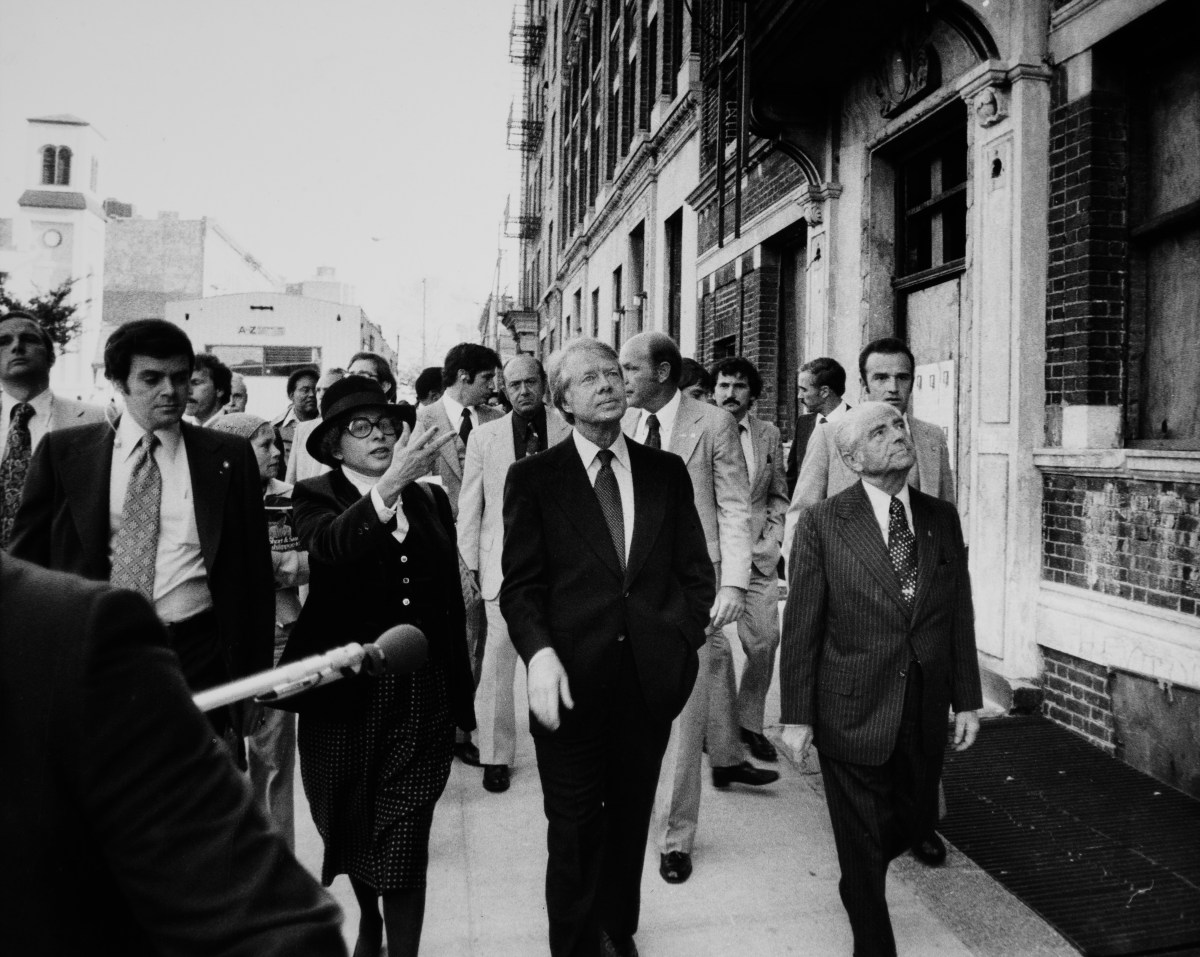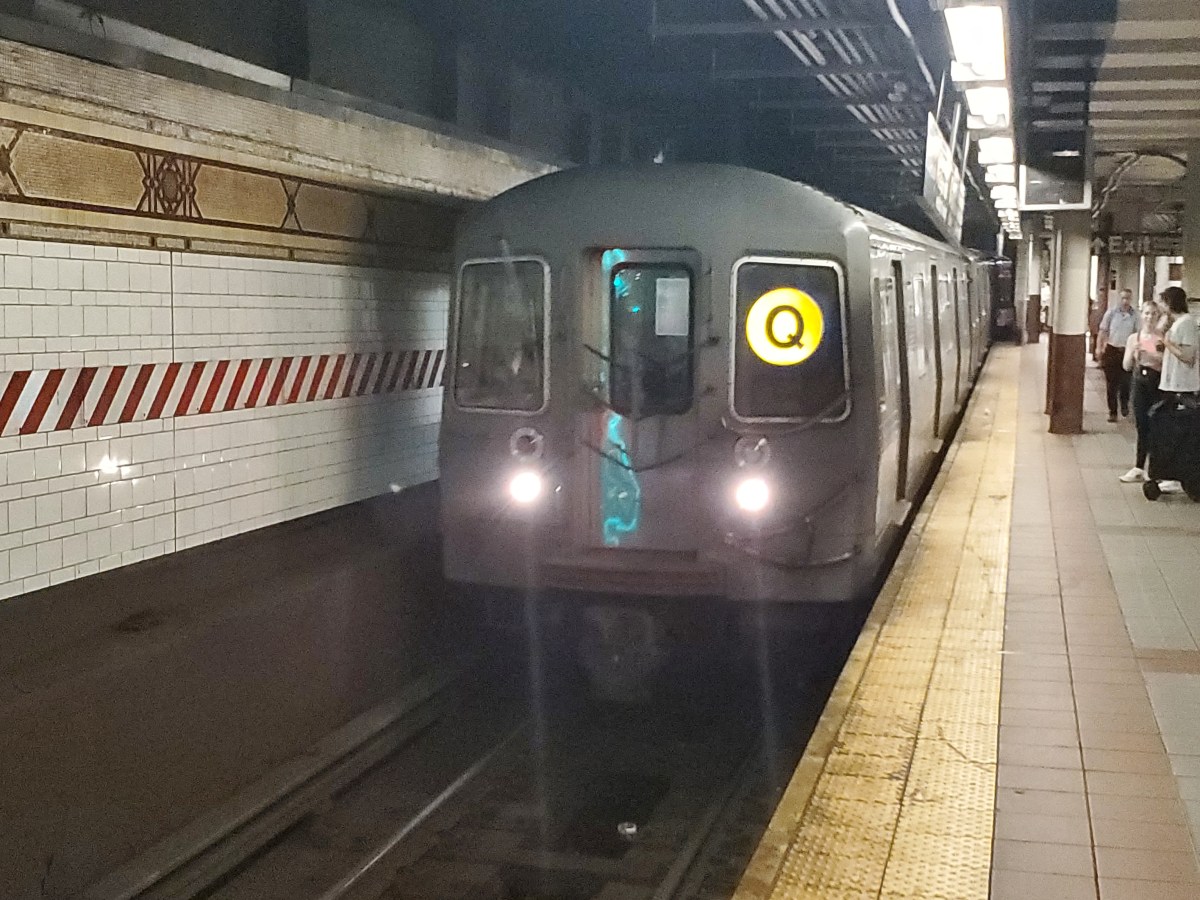It looks like a frightful futuristic weapon, but this sci-fi Stradivarius is as fit as a fiddle. Designed by husband and wife team Eric Goldemberg and Veronica Zalcberg of Miami’s Monad Studio, the Piezoelectric Violin is a double-string 3D-printed apparatus capable of playing the sounds of five distinct instruments. How can the 2-string Piezo- electric Violin make music?
The string, bridge, fingerboard and tuning system is equivalent to a standard violin.A piezoelectric systemis employed to pick up the vibrations of the strings: itis simply a contact microphone. It is a two-string violin so the music it makes is somewhat reduced, but both architects and musicians like to work with constraints asa way to generate a creative friction that triggers innovative work. What inspired you to cre- ate such a striking musical instrument?
What inspired the design of this instrument, as well as others that we have done before, is actually the collaboration itself – recoginizing common aesthetic problems between architecture and music as well as technical similarities, but mostly a shared sensibility. This process started over two years ago when Veronica and Istarted conversations with multidisciplinary artist Scott F. Hall about the intersection between our disciplines and our specific crafts. What other instruments are you planning to build?
The other instruments being constructed for 3D Print Week in New York are: a piezoelectric cello (essentially a larger-sized siblingof our two-string violinwith an even more reductive stringing scheme); an electric “monobaribasitar” [mono-stringed baritone/bass guitar] with a short 24-inch string scale length; and two electroacoustic wide-bore “labrosones”, a.k.a. didgeri- doos, named by us as “the hornucopians”, which produce a unique form of music that gradually increases in complexity and aural density (Scott calls it “hornucopia”).
























